Erection Problems: Causes
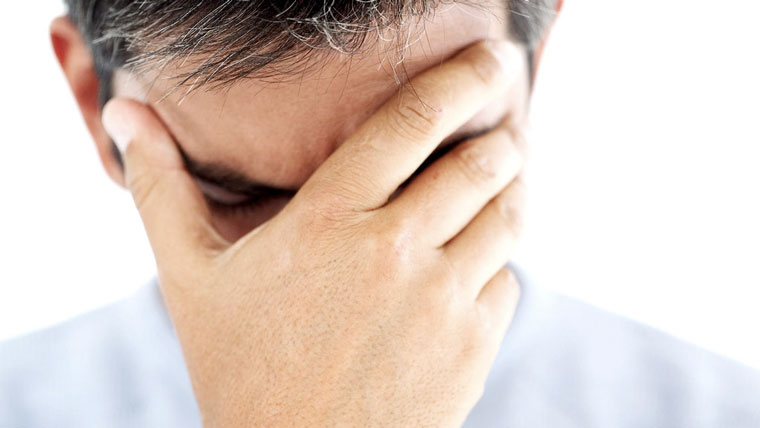

Erection is a complex physiological response that depends on the complete functionality of the anatomical, endocrine, neurological, and vascular structures. It is also linked to a complex behavioral response that depends on close coordination at various levels of the central nervous system. The peripheral and central pathways that control erection are sensitive to hormonal stimuli and use many neurotransmitters. Two main mechanisms give an erection: the first goes through a mental stimulation (fantasies or erotic stimuli of one of the five senses) and is mediated by the lumbar spine center at the medullary level; the second through a reflex stimulation of the genitals which is mediated by the sacral center.
During a healthy erection, the smooth muscle is released. The peripheral resistances fall, causing a massive and rapid influx of arterial blood; the elasticity of the vascular structures increases, and the blood remains trapped in the expanding sinusoids of the corpora cavernosa. The entire system compresses the venules against the albuginea tunica of the penis, which is relatively non-expandable and elastic, thus minimizing venous escape. The erection is obtained through a massive arterial supply, and its maintenance is due to a fine “anatomical” regulation that keeps the corpora cavernosa relaxed.

What is Erectile dysfunction?
The erectile dysfunction is the inability to obtain and maintain an erection satisfactory, even in the presence of a good sexual desire.
A relatively common problem among men over the age of 40, erectile dysfunction can depend on
- particular physical conditions (e.g., diabetes, arteriosclerosis, multiple sclerosis, etc.)
- the intake of certain medicines (e.g., diuretics, antipsychotics, corticosteroids, cytotoxic drugs, etc.)
- psychological problems (e.g., depression, anxiety, etc.)
- other causes (e.g., alcohol abuse, drug use, smoking, etc.).
An accurate diagnosis of erectile dysfunction is always based on a proper physical examination and a scrupulous medical history.
The treatment of erectile dysfunction includes causal therapy, i.e., aimed at treating the root cause of erection problems, and symptomatic treatment, aiming to help the patient get an erection.
What the penis is?
The penis is the male reproductive organ. Through the penis, the man transfers the sperm inside the womb of the woman. The sperm- rich liquid necessary for the reproduction of the species. In the penis, several characteristic anatomical elements can be recognized, which are:
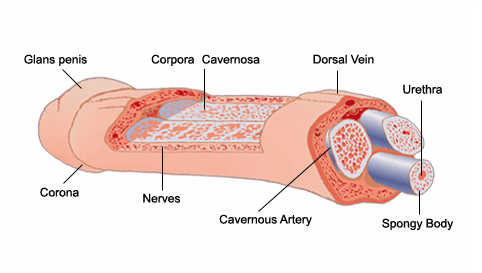
- The two corpora cavernosa, within which the so-called cavernous arteries flow ;
- The cancellous body, through which a large part of the urethra passes. The urethra is used to expel sperm and urine from the bladder ;
- The head (or glans ), where the urethra’s external opening resides, is called the urinary meatus;
- The foreskin, or the layer of skin that serves to cover the glans penis.
WHAT IS PENIS ERECTION?
The phenomenon of ‘ erection of the penis (or penile erection ) is a spinal reflex, which involves the majority of inflow blood to the cavernous arteries (thus the corpora cavernosa) and the consequent increase in the firmness and size of the penis.
During a penile erection, if the blood supply to the corpora cavernosa is correct, the elevation of the penis also occurs; if, on the other hand, the aforementioned blood flow is lower than the actual capacities of the corpora cavernosa, the elevation, swelling and increase in the size of the penis are limited.
Penile erection is a complex physiological response that reflects the state of male sexual arousal. It depends on the perfect integration of vascular, endocrine (or hormonal), neurological, muscular, and emotional mechanisms.
What is erectile dysfunction?

The erectile dysfunction is the inability to have or maintain an ‘ erection of the penis, even when you have a good sex drive. Among men, erectile dysfunction is a source of embarrassment. It can have a markedly negative impact on their mood, their relationship with their partner, and the quality of life in general.
Are erectile dysfunction and impotence the same thing?
According to some currents of thought, the term impotence is synonymous with erectile dysfunction; according to others, however, it includes a broad and varied spectrum of sexual disorders, which concern the ability to have a penile erection, the phenomenon of ejaculation, the orgasmic phase, etc.
ED surveys report
Erectile dysfunction is a very common condition, especially among older men. The most reliable statistical surveys report that:
- About half of men between the ages of 40 and 70 complain of a certain degree of erectile dysfunction;
- About 10% of men between 40 and 70 years of age have severe erectile dysfunction;
- Only 5-10% of men under 40 have erectile dysfunction;
- In Italy, the men who suffer from erection problems are 3 million, about 10-15% of the entire male population.
Erectile dysfunction causes
The causes of erectile dysfunction are numerous for penile erection can depend on some medical conditions (physical reasons), on the use of certain medicines, on specific mental conditions (psychological causes), and other further circumstances (other causes).
Physical causes of erectile dysfunction

Doctors distinguish five types of physical causes:
TRAUMATIC PHYSICAL CAUSES
According to some statistical surveys, 15-25% of men suffering from severe trauma to the head of the penis develop erectile dysfunction. Doctors also consider erectile dysfunction resulting from damage to the penis post-traumatic, which can inadvertently occur during genital surgery.
VASCULAR PHYSICAL CAUSES
Examples of vascular conditions that may cause erectile dysfunction are: cardiovascular diseases (e.g., atherosclerosis, diseases of the heart, etc.), L ‘ hypertension, and diabetes with its complications.
NEUROLOGICAL PHYSICAL CAUSES
The neurological causes of erectile dysfunction include multiple sclerosis, Parkinson’s disease, the injury to the spinal cord, and the ‘ stroke and its complications.
HORMONAL PHYSICAL CAUSES
Typical examples of hormonal conditions that can cause erectile dysfunction are: hypogonadism, hyperthyroidism, hypothyroidism, and Cushing ‘s syndrome.
ANATOMICAL PHYSICAL CAUSES
The best known anatomical anomaly capable of causing erectile dysfunction is the so-called Peyronie’s disease.
Medicines that can cause erectile dysfunction
One reason erectile dysfunction are more likely to be on some medication. An estimated 25% of all ED is a side effect of drugs. The most common types of medication that are linked to ED include antidepressants, anti-ulcer drugs, tranquilizers, and diuretics—which help the body get rid of sodium and water, and are used to treat heart failure, liver failure, and certain kidney disorders.
Psychological causes of erectile dysfunction
As stated in the initial premise, mechanisms of an emotional nature also act on erection. Therefore, the possibility of having a good erection or not also depends, to a certain extent, on the psyche.

Having specified that doctors consider psychological causes of erectile dysfunction:
- The Depression. Prolonged periods of low mood, sadness, etc. can affect erection capacity even in a profound way;
- Anxiety. Uncomfortable, worry, fear, etc. are potential causes of stress;
- Emotional problems or trauma, which can arise from:
- Relationship problems;
- History of one or more sexual abuses;
- Sexual inexperience;
- History of sexual ailments or dysfunctions;
- Start of a new relationship.
Experts believed that about 90% of erection problems were of a purely psychological origin. Recent studies in neurophysiological, hemodynamic, and pharmacological fields have shown that erectile dysfunction is, in at least 50% of cases, linked to an organic cause (e.g., one of the physical reasons listed above).
Other causes
Other possible causes of erectile dysfunction are alcohol abuse, excessive fatigue, and the use of drugs, such as cannabis, heroin, or cocaine.
Is cycling a cause of erectile dysfunction?

According to scientific studies, men who practice cycling for more than 3 hours a week tend to suffer from erectile dysfunction more easily than men who do not make particular use of the bike.
The cause of erection problems in cyclists would be found in the long stay on the saddle of the bicycle.
Risk factors
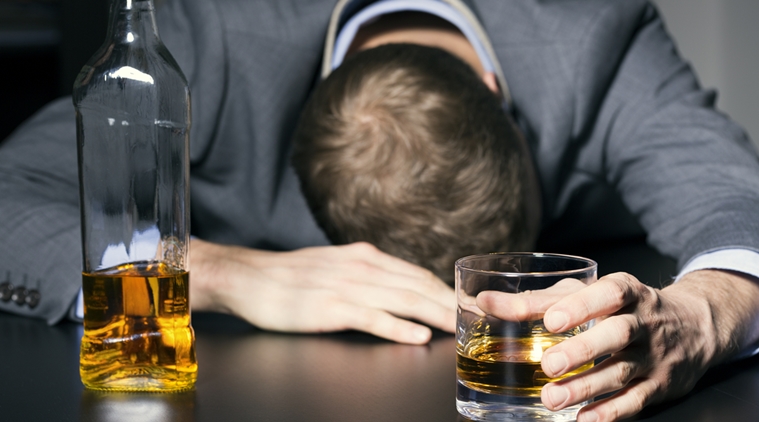
The risk factors for erectile dysfunction include:
- The aging ;
- Diabetes and cardiovascular diseases;
- The cigarette smoking and tobacco use in general;
- The overweight ;
- Some medical treatments, including prostate surgery and radiation therapy ;
- Traumatic injuries to the penis;
- The use of those drugs, reported in a previous subchapter, capable of causing erectile dysfunction;
- The presence of depression, anxiety, and other psycho-emotional problems;
- Alcohol abuse;
- The use of drugs.
How to deal with an erection that is difficult to obtain or maintain?
It is essential to contact your family doctor or the andrologist, or the trusted urologist, for a prompt diagnosis on the causes of the erection deficit. This symptom may indicate a vital vulnerability to still silent and, in any case, serious diseases, such as cardiovascular or diabetes, or inadequate lifestyles, or an imbalance of dysfunctional factors that undermine an erection, such as anxiety, chronic stress, or depression.
An accurate diagnosis can allow you to remove the predisposing, precipitating, and maintenance factors of erection difficulty and to identify the most suitable personalized treatment to treat not only the erective symptom but also the conditions that, if left untreated, could worsen it.




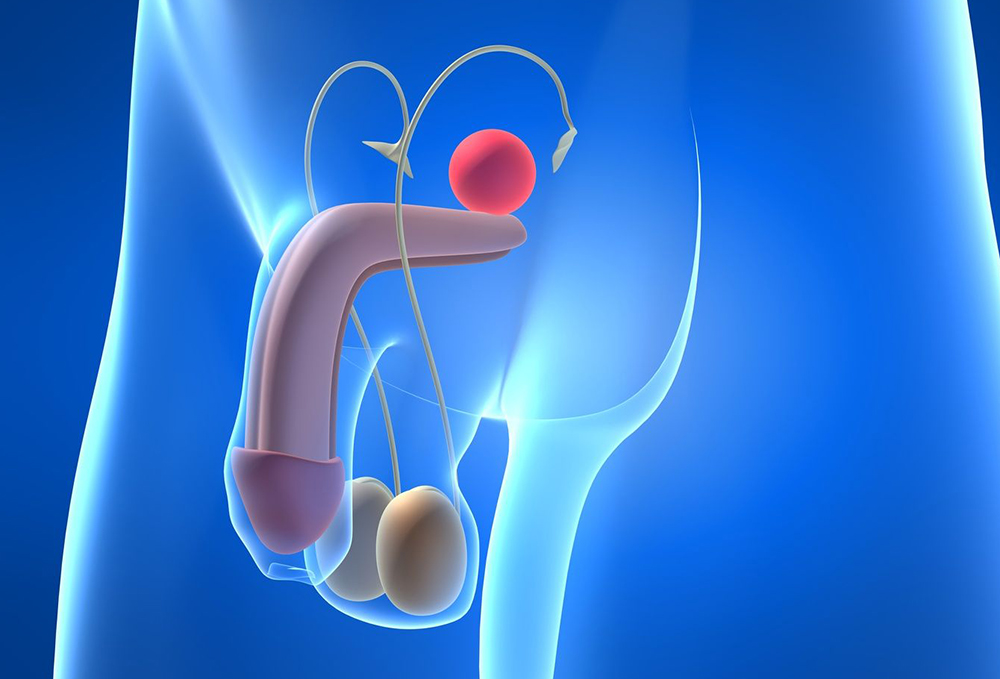
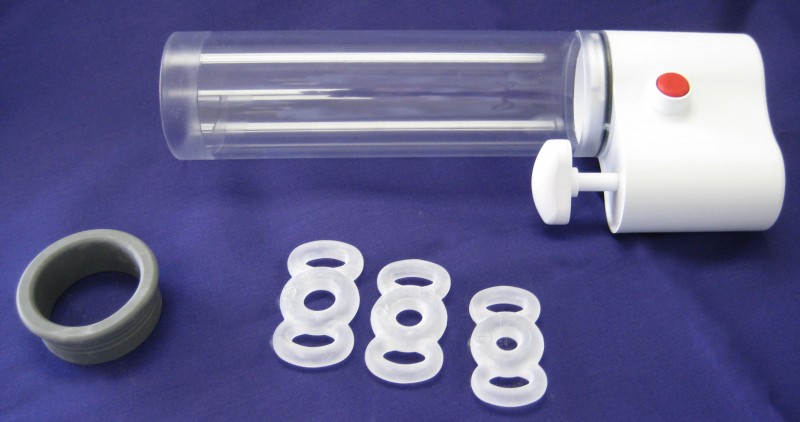
[…] Erection Problems: Causes […]